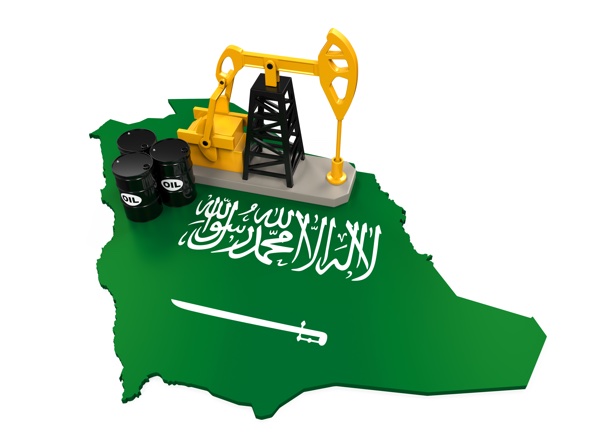
The most-active Brent crude futures contract, for DecemberLCOZ8, had risen 18 cents, or 0.22 percent, to $81.56 per barrel by 0126 GMT. That was close to a four-year high of $82.55 struck on Tuesday.
U.S futures CLc1 were up 21 cents, or 0.29 percent, at $72.33 per barrel, on track for a weekly gain.
“The market has been focusing on trading headlines on the Iran sanctions for a whole week. But views on how much OPEC and Russia can make up for the losses vary,” said Chen Kai, head of commodity research at Shenda Futures.
The sanctions kick in on Nov. 4, with Washington asking buyers of Iranian oil to cut imports to zero to force Tehran to negotiate a new nuclear agreement and to curb its influence in the Middle East.
Two sources familiar with OPEC policy said Saudi Arabia and other producers discussed a possible production increase of about 500,000 barrels per day (bpd) among the Organization of the Petroleum Exporting Countries and non-OPEC allies.
However, ANZ said in a note on Friday that major suppliers were unlikely to offset losses due to the sanctions estimated at 1.5 million bpd.
Meanwhile, looming supply from the United States and stable output from Libya were dragging on oil prices, said Stephen Innes, head of trading for Asia-Pacific at futures brokerage OANDA in Singapore.

